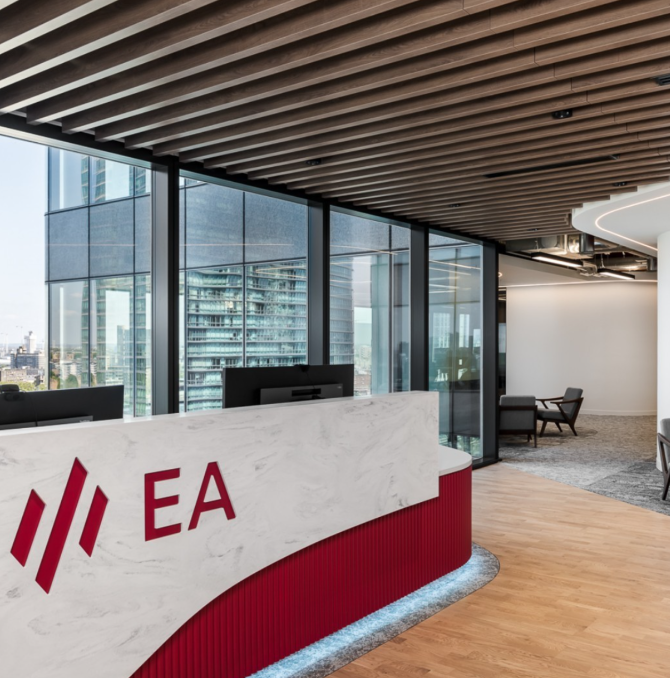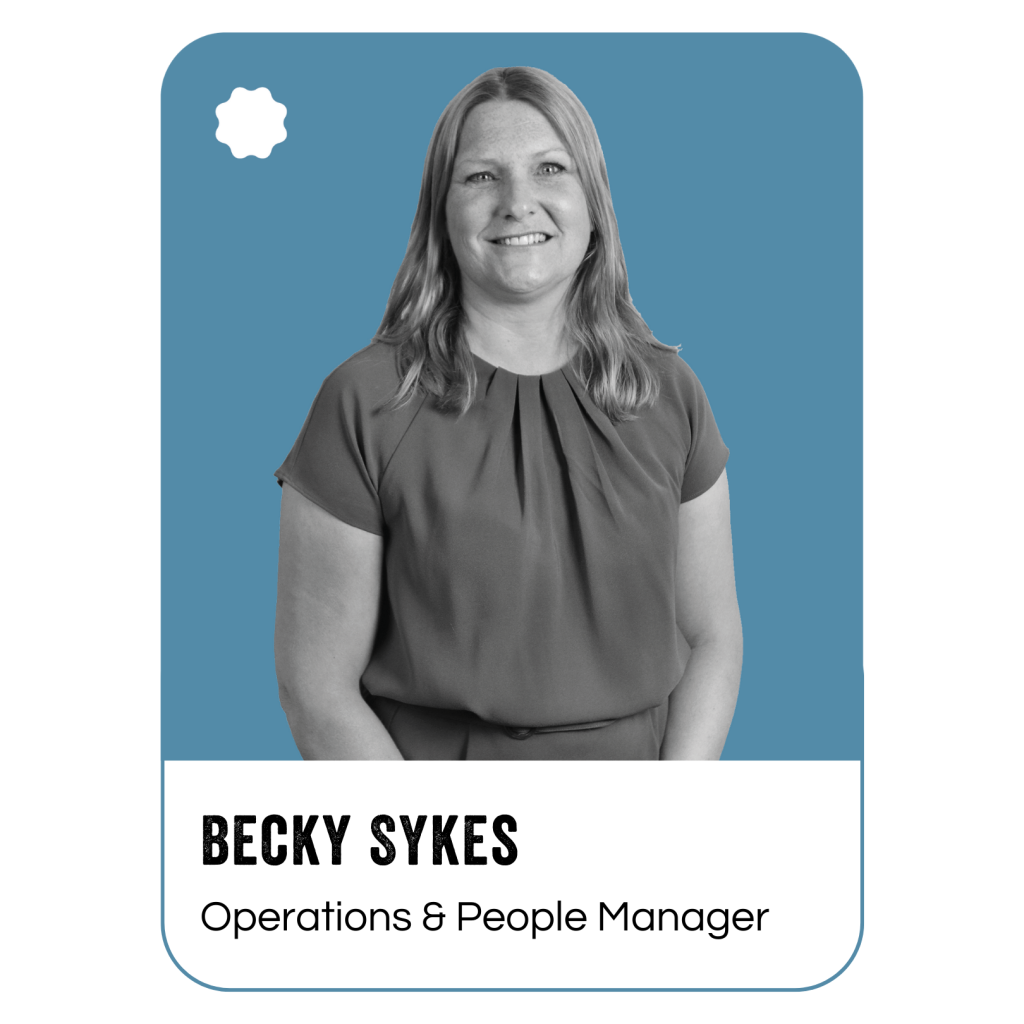
Happy workers and their workplaces
From Labour trying to tempt voters with shorter working weeks in the last general election to UK businesses already trialling 6-hour days. It appears the UK is looking towards Scandi-inspired working models in a bid to bring positivity, productivity and happiness back into the workplace.
The aim is to create a better work-life balance by being there for fewer hours, with the same rate of pay. However, is taking influence from the Scandinavians the right solutions?
What are scandinavian-inspired working models?
The Scandi influence has been undeniable in recent years. With the concept of ‘Hygge’ influencing how we live and the desirable design influences appearing in our homes, we’re looking to our friends in the north of Europe for inspiration in lots of areas of life. It’s therefore unsurprising that their work-life balance approach is starting to be considered over here.
The most popular Scandi working trends are the 4 working day week in Norway and 6 hour work days in Sweden. The idea of these changes was to bring a better work-life balance to their nation’s workers and, it’s been found that both types of working patterns WORK! Socialnomics reported that a recent study found Sweden’s 6-hour workday resulted in a reduction of sick days for Nurses by 4.7% and the quality of patient care improved. With these figures, it’s unsurprising that we’re all entertaining the idea of changing our working ways.
Is Scandi working just for the modern worker?
While this way of working is designed for everyone, it comes off the back of the changing requirements for workplaces from Millennials and Gen Z. Having a post coffee machine and well-located office will not cut it with the next generations. Their needs revolve around a satisfying work-life balance and flexibility, whilst some may argue people have wanted this for a long time, it’s the new generation that has decided to use their voices (and their feet) to initiate the change.
However, the question has arisen as to whether it’s sustainable in all industries. Those opposing the Scandi way of working often look to public services when highlighting potential flaws in the system. For example, the reality of the NHS rolling out 4-day working weeks or 6 hour working days could see our emergency services stretched even further. For those cynics amongst us, the argument of Sweden’s results may not mirror so clearly in the UK.
Regardless of lack of adaptability for other industries, undoubtedly, the Scandi method looks like a tempting solution for the private sector, but is it the only solution to resolving absenteeism, employee retention and productivity?
The Scandi way and the positive workplace
In the past 20 years, working ways and office environments have changed dramatically. With trendsetters like Google and Facebook giving an update to the open-plan office by creating innovative and engaging workplaces that include sofa’s, slides and even nap pods. Big brands adopting workplace environments such as this, is encouraging companies to create engaging environments in a bid to attract and retain employees.
With these engaging workplaces, you can’t help but think it may be a ploy to encourage people to spend more time at work, couple that with being contactable at all times via your smartphone, the line between home and work life becoming ever more blurred. This undoubtedly contributed towards the change in work patterns in Scandinavia.
Blue Jelly has always championed the ‘Positive Workplace’ and believes there is a way to achieve a happy and productive team, in an innovative and engaging office space. By combining the ethos of Scandi ways of working and the pillars of the Positive Workplace you can provide a better work-life balance really easily.
How to make an impact
Whilst reducing your hours or days may sound appealing, we believe you can employ other tactics to improve productivity and workplace culture.
Is your workplace lacking diverse spaces for your team to work? Are the technological outputs limited? Are you simply occupying an unbranded, uninspiring box office? Or do you feel that it’s just not fulfilling the needs of your team members? If you’ve answered yes to any of these questions. it might be time for you to look at how you can turn your workplace into a Positive Workplace. We believe that including positivity in a workplace can help create harmony, reduce absenteeism and improve retention and productivity.
The impact of designing a positive workplace
Positive Workplaces start with a design and build that effortlessly blends wellbeing, culture, environment and technology. This process puts your people at the heart of everything and ensures they have a space they love working in. But can impact be achieved?
1. Culture and Image
Creating space for collaboration, building your brand into your interior design and ensuring your space reflects your culture and values are all key components when creating the ideal positive workplace.
Our top tip: Bring together the power of colour and space. For busy open-plan offices, create small meeting rooms or breakout areas in cooler brand colours to create a calm space for your employees to relax. For more segmented workplaces, create a large, open-plan breakout area full of colour where your people can re-energise during a busy day.
2. Environment
Is your office environment fit for purpose? Designing the right office environment takes into consideration everything from the air quality to how appropriate your office space is for managing acoustics.
Our top tip: Artificial lights dimming your view of your office? You’re not the only one. A lack of natural daylight can impede on your team’s productivity level. When redesigning your workplace, or searching for a new one, make sure your design incorporates natural daylight as best as possible.
3. Technology
It’s not just your people who need smart technology, your workplace does too. After all, what’s the point of having the most up to date smartphones and laptops when they’re not compatible with your in-house tech? Make sure your workplace design includes all the tech you need.
Our top tip: Always be ready for flexible working. Your workplace needs to be as agile as your workforce, so incorporate hot desks compatible with your laptops and video conferencing ready rooms into your office fit out. This will allow your team members to work wherever they want to, whenever they want to and never have to fear for the moment they do not have the right adaptor to hand.
4. Wellbeing
If there’s one thing our clients have in common, it’s their aim to reduce absenteeism. Creating a Positive Workplace involves ensuring all aspects of your team’s health are considered when sourcing furniture or designing the perfect breakout spaces.
Our top tip: Your people spend a third of their waking hours at work. Choose the right furniture to make sure they are comfortable for all 8 or more hours of their day. Something as simple as picking the right chair or investing in sit/stand desks could be the positive change your team are crying out for.
Scandi vs. Positive workplaces: what’s the conclusion?
While we love any idea that promises improved workplace culture and productivity, following the Scandinavian working model should always be the final addition to a Positive Workplace. Before drastically changing the hours your company operates, why not think about what aspects of your workplace could be improved by a new layout and refresh of the look and feel of your office space.
Want to know how we can help you create a Positive Workplace? Our team of experts are ready when you are. Get in touch with one of our friendly team members today.









